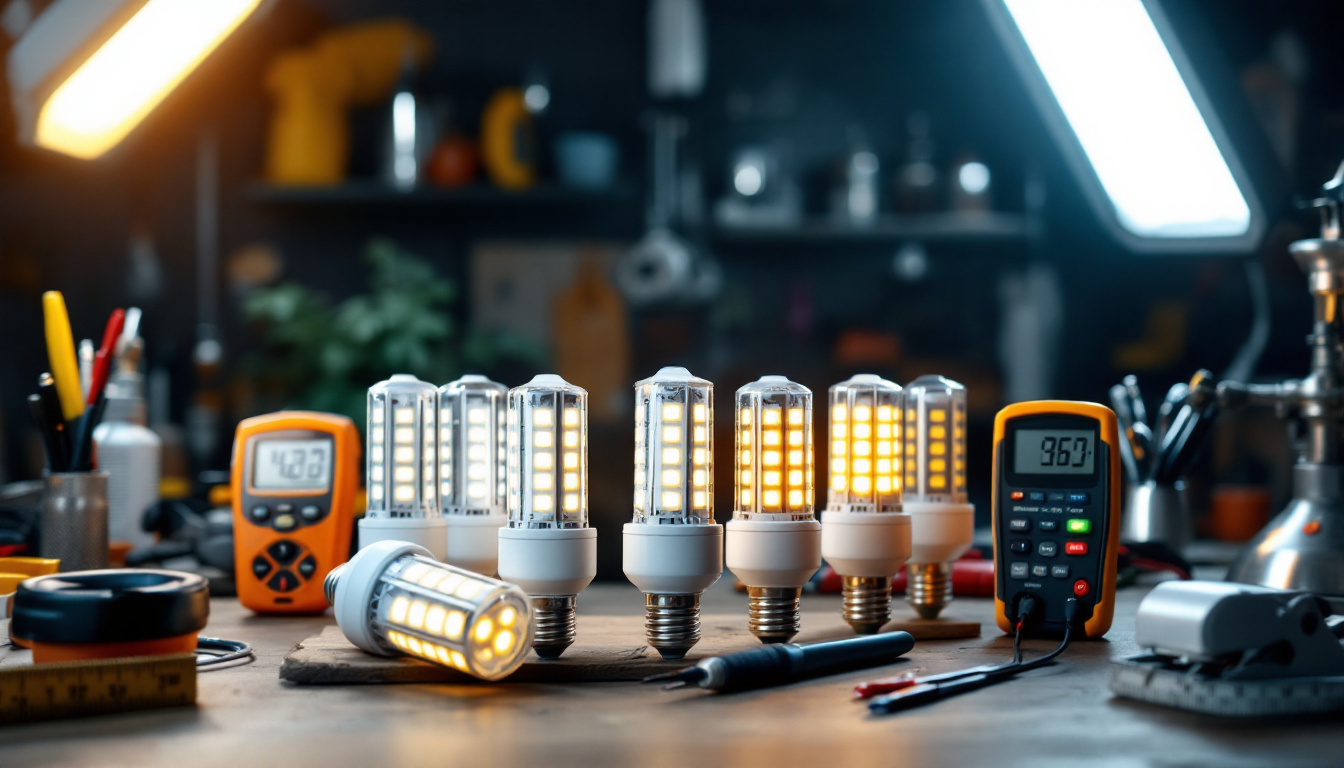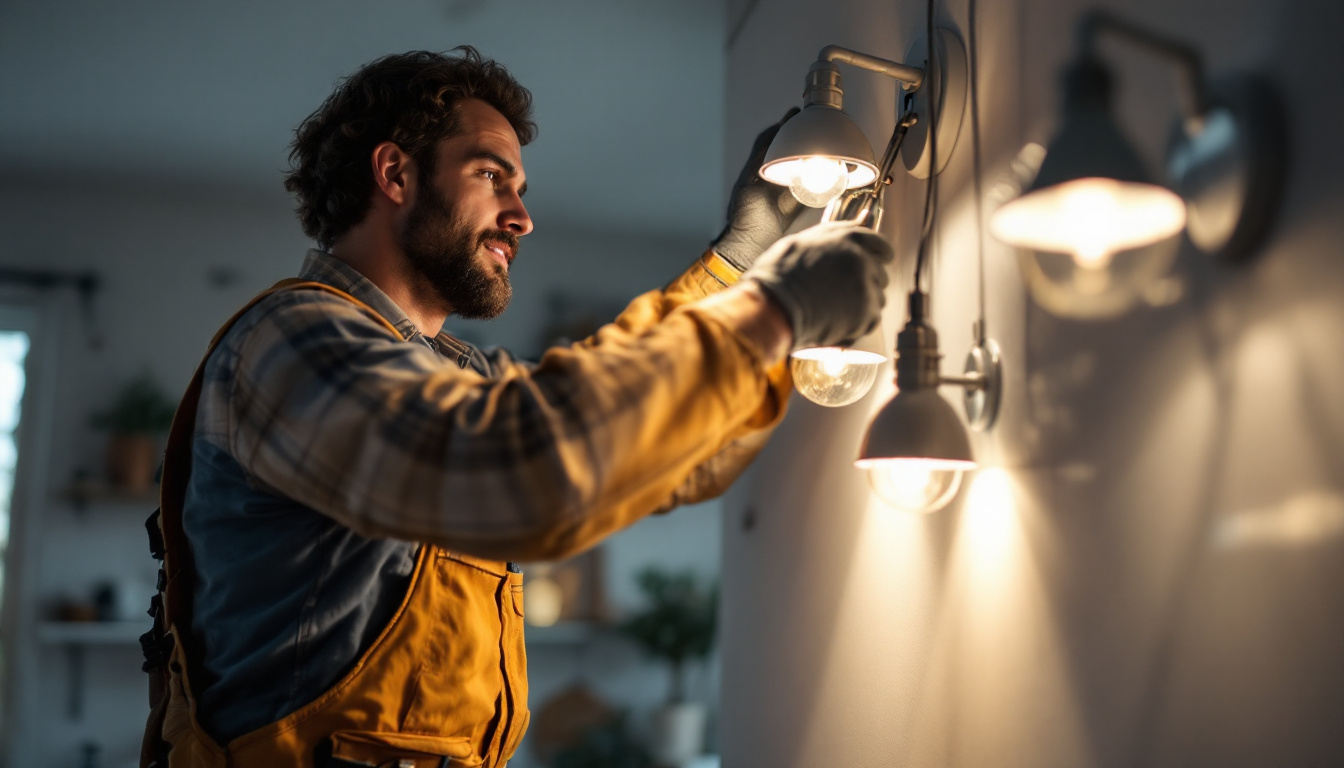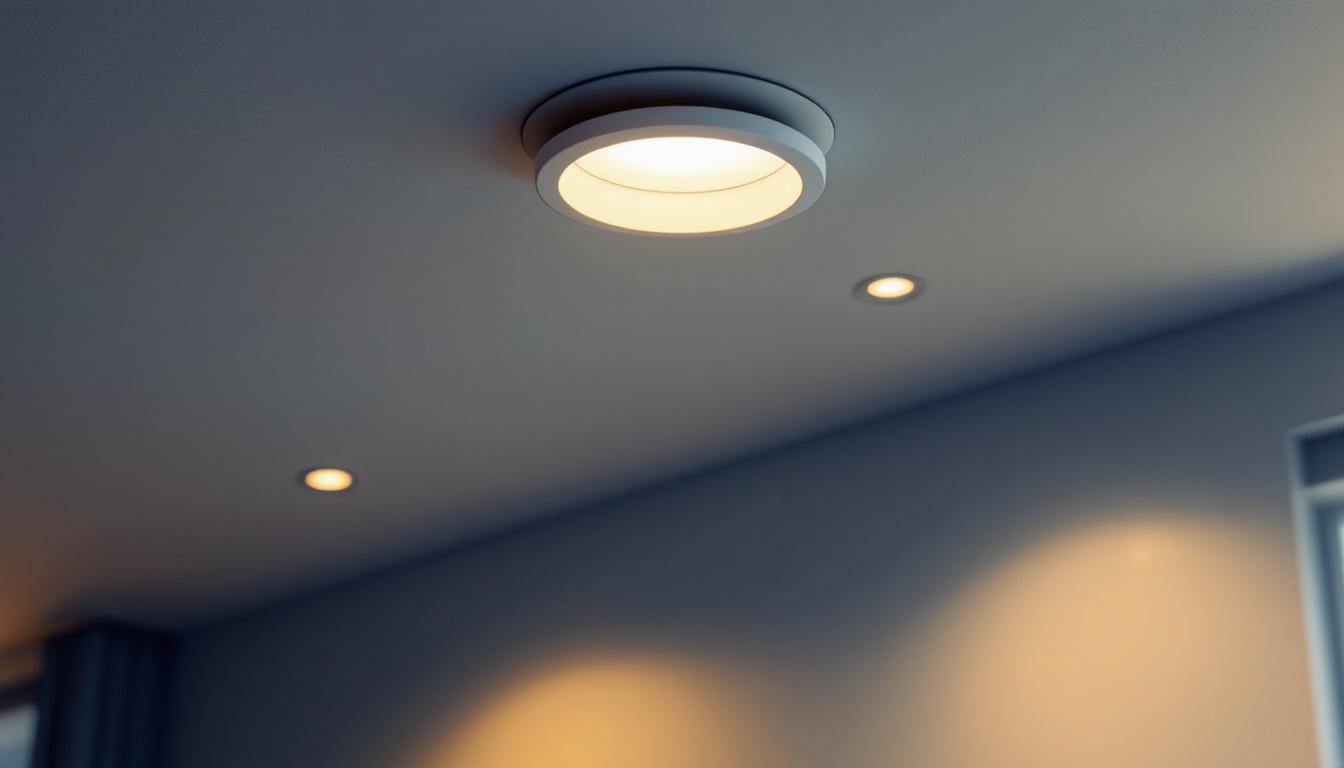
As the demand for energy-efficient lighting solutions continues to grow, LED corn light bulbs have emerged as a popular choice among lighting contractors. These versatile bulbs not only provide significant energy savings but also deliver high-quality illumination for various applications. This article serves as a comprehensive checklist for lighting contractors, ensuring that every aspect of LED corn light bulbs is considered before installation.
LED corn light bulbs are designed to replace traditional incandescent and fluorescent bulbs in a variety of settings. Their unique shape resembles corn on the cob, with multiple LED chips arranged along the length of the bulb. This design allows for a wide beam angle and efficient light distribution, making them ideal for high ceilings and large spaces. The versatility of these bulbs means they can be used in everything from warehouses and factories to outdoor lighting applications, providing bright illumination where it’s needed most.
One of the most significant advantages of LED corn light bulbs is their energy efficiency. Consuming up to 80% less energy than traditional bulbs, they contribute to reduced electricity bills and a lower carbon footprint. Additionally, LED corn lights have a longer lifespan, often lasting over 25,000 hours, which means fewer replacements and maintenance costs. This longevity not only benefits the environment but also makes them a cost-effective solution for businesses and homeowners alike, as the initial investment is quickly offset by savings on energy and replacement expenses.
Moreover, LED corn light bulbs emit less heat compared to their incandescent counterparts, making them safer to use in enclosed fixtures. They also come in various color temperatures, allowing contractors to choose the perfect ambiance for any space, from warm white for cozy environments to cool white for more industrial settings. The ability to customize lighting not only enhances the aesthetic appeal of a space but also improves functionality; for instance, brighter, cooler lights can enhance visibility in work areas, while softer tones can create a more inviting atmosphere in residential settings. Furthermore, many LED corn light bulbs are now available with dimming capabilities, providing even greater control over lighting levels and energy consumption.
Before proceeding with the installation of LED corn light bulbs, several factors must be taken into account. This checklist will help ensure a smooth and efficient installation process.
It is crucial to verify that the LED corn light bulbs are compatible with the existing fixtures. Many LED bulbs are designed for specific types of sockets, such as E26 or E39. Ensure that the socket type matches the bulb specifications to avoid any installation issues.
Additionally, check if the existing fixtures are suitable for LED technology. Some older fixtures may not be designed to handle the lower wattage of LED bulbs, which could lead to flickering or other performance issues. In such cases, consider upgrading the fixtures or using LED-compatible ballasts. Furthermore, it’s advisable to inspect the wiring and connections within the fixtures to ensure they are in good condition. Faulty wiring can not only hinder the performance of LED bulbs but also pose safety risks.
When selecting LED corn light bulbs, it is essential to consider both the wattage and lumen output. The wattage indicates the energy consumption, while the lumen output measures the brightness of the bulb. Contractors should aim for a balance between energy efficiency and adequate illumination for the intended space.
As a general rule, a higher lumen output is necessary for larger areas or spaces with high ceilings. For example, a 100-watt equivalent LED corn light bulb typically produces around 15,000 lumens, making it suitable for warehouses or large retail spaces. It’s also worth noting that the color temperature of the LED bulb can significantly impact the ambiance of the area. Bulbs are available in various color temperatures, ranging from warm white (around 2700K) to cool daylight (up to 6500K), allowing you to tailor the lighting to the specific needs of the environment. Warmer tones are often preferred in residential settings for a cozy feel, while cooler tones are ideal for workspaces that require alertness and focus.
The installation of LED corn light bulbs can vary depending on the fixture type and location. However, following a systematic approach can simplify the process and ensure optimal performance.
Before starting the installation, it is vital to turn off the power to the fixture at the circuit breaker. This precaution helps prevent electrical shocks and ensures a safe working environment. Additionally, gather all necessary tools, including screwdrivers, gloves, and a ladder if required.
Inspect the fixture for any signs of damage or wear. If any issues are found, address them before proceeding with the installation. It is also advisable to have a second person assist with the installation, especially when working at heights.
Carefully remove the old bulbs from the fixture. If the bulbs are stuck, gently twist them to loosen them, taking care not to apply excessive force that could damage the fixture. Dispose of the old bulbs responsibly, following local regulations for hazardous waste disposal if necessary.
Once the old bulbs are removed, insert the new LED corn light bulbs into the sockets. Ensure they are securely fastened, but avoid overtightening, as this can cause damage. After installation, restore power to the fixture and test the bulbs to confirm they are functioning correctly.
Maintaining LED corn light bulbs is relatively straightforward, but being aware of potential issues can help contractors address problems quickly and efficiently.
Conduct regular inspections of LED corn light bulbs to ensure they are functioning optimally. Look for any signs of flickering, dimming, or color changes, which may indicate a problem with the bulb or fixture. If any issues are detected, troubleshoot accordingly.
Additionally, clean the bulbs periodically to remove dust and debris that can accumulate over time. Use a soft cloth and a mild cleaning solution to avoid scratching the surface of the bulbs.
If an LED corn light bulb is not functioning as expected, there are several common issues to consider. First, check the power supply to ensure the fixture is receiving electricity. If the power is on, inspect the bulb for any visible damage.
In some cases, flickering may occur due to compatibility issues with the fixture or ballast. If this is the case, consider replacing the ballast or using a different fixture that is compatible with LED technology. If troubleshooting does not resolve the issue, it may be necessary to replace the bulb.
With a wide variety of LED corn light bulbs available on the market, selecting the right ones for specific applications can be challenging. Here are some key factors to consider when making a choice.
Color temperature is an essential aspect of lighting design, as it influences the mood and functionality of a space. LED corn light bulbs are available in various color temperatures, typically measured in Kelvin (K).
For warm and inviting environments, such as restaurants or homes, bulbs with a color temperature of around 2700K to 3000K are ideal. In contrast, cooler temperatures ranging from 4000K to 5000K are better suited for commercial or industrial settings, where bright, clear light is necessary for tasks.
energy efficiency ratings provide valuable information about the performance of LED corn light bulbs. Look for bulbs with high lumens per watt (lm/W) ratings, as this indicates better energy efficiency. The higher the lumens produced per watt consumed, the more efficient the bulb is.
Additionally, consider bulbs that have been certified by recognized organizations, such as Energy Star. These certifications ensure that the products meet specific energy efficiency and performance standards, providing peace of mind for contractors and clients alike.
While the initial cost of LED corn light bulbs may be higher than traditional bulbs, the long-term savings make them a worthwhile investment. Understanding the total cost of ownership can help contractors make informed decisions for their clients.
When evaluating the cost of LED corn light bulbs, it is essential to consider both the initial investment and the long-term savings. Although LED bulbs may have a higher upfront cost, their energy efficiency and longevity result in significant savings over time.
For example, replacing a 100-watt incandescent bulb with a 15-watt LED corn light bulb can lead to substantial savings on electricity bills. Furthermore, the reduced frequency of replacements means lower maintenance costs, enhancing the overall value of the investment.
When budgeting for lighting projects, contractors should factor in the cost of LED corn light bulbs, installation, and any necessary upgrades to fixtures or ballasts. Providing clients with a detailed breakdown of costs can help them understand the value of investing in energy-efficient lighting solutions.
Additionally, consider potential rebates or incentives offered by local utility companies for energy-efficient upgrades. These programs can further offset the initial costs and encourage clients to choose LED corn light bulbs for their lighting needs.
LED corn light bulbs represent a significant advancement in lighting technology, offering energy efficiency, longevity, and versatility for various applications. By following this comprehensive checklist, lighting contractors can ensure a successful installation process and provide clients with high-quality lighting solutions.
From understanding the benefits and installation considerations to selecting the right bulbs and budgeting for projects, this guide serves as a valuable resource for lighting contractors looking to enhance their expertise and deliver exceptional service.
As the industry continues to evolve, staying informed about the latest trends and technologies in LED lighting will be crucial for contractors aiming to meet the growing demand for energy-efficient solutions. Embracing LED corn light bulbs is a step toward a more sustainable and cost-effective future in lighting.
Ready to upgrade your lighting projects with the efficiency and longevity of LED corn light bulbs? Look no further than LumenWholesale for the highest quality, spec-grade lighting products at unbeatable wholesale prices. Say goodbye to local distributor markups and hello to superior lighting solutions that fit your budget. With our hassle-free bulk buying and free shipping, you can trust that you’re getting premium lighting at the best value — without any hidden fees. Don’t compromise on quality or cost; choose LumenWholesale for all your lighting needs. Wholesale Lighting at the Best Value is just a click away!

Discover the pitfalls that even seasoned lighting contractors can fall into with “Senor Light: Lighting Contractors’ Common Mistakes.” Learn how to avoid these errors to ensure flawless installations and enhance your project’s success..

Discover essential insights into 4-foot LED lights that every lighting contractor needs to know.

Explore the advantages and drawbacks of patio string bulbs for lighting contractors.

Discover the ultimate guide to 3 recessed LED downlights, covering installation tips, energy efficiency, design options, and maintenance.